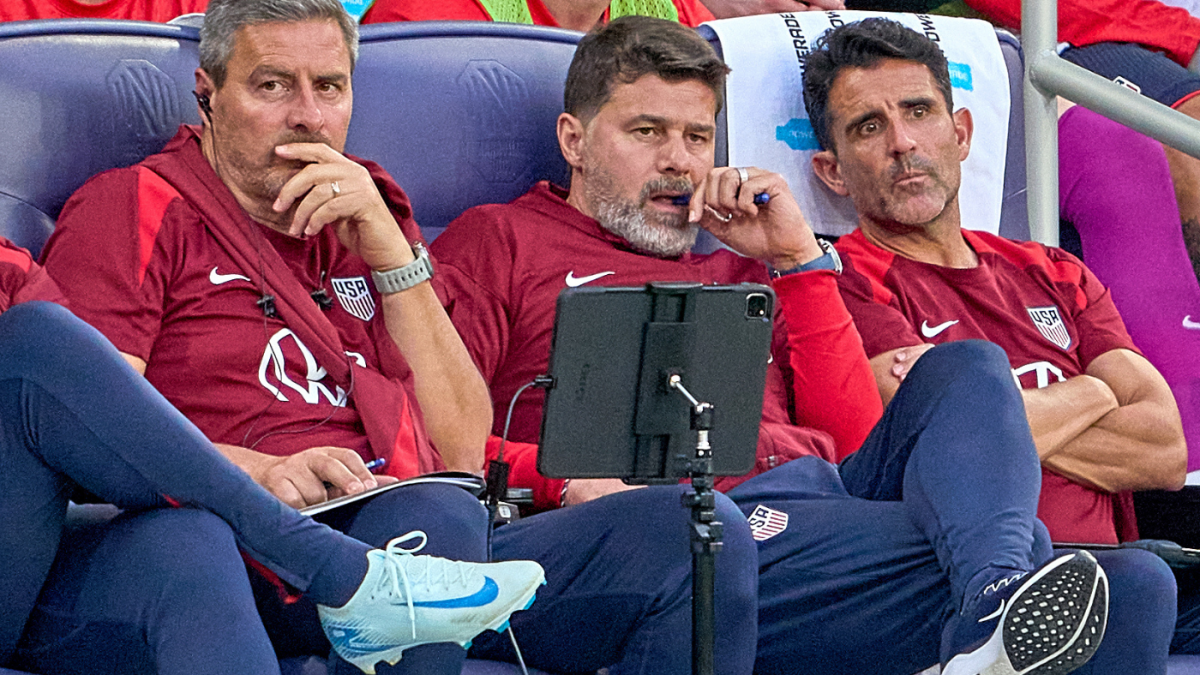Navigating the USMNT’s Pre-2026 World Cup Crisis: Challenges and Opportunities
The US Men’s National Team (USMNT) approaches one of the most pivotal moments in its history with mounting challenges. As the nation co-hosts the 2026 FIFA World Cup, expectations soar, yet recent performances reveal a team grappling with instability, on and off the pitch. This analysis delves into the multi-faceted crisis facing the USMNT, evaluating the roots of the struggle and the avenues remaining to restore belief and competitiveness.
A Troubling Performance Trajectory: Losing Patterns and Defeats
The recent string of results for the USMNT tells a stark story: four straight losses for the first time in over 15 years and a seven-game winless streak marking a historic low. The 4-0 drubbing by Switzerland on home soil embodies the crisis—a match devoid of offensive threats and defensive organization that shocked supporters and pundits alike. This defeat, emblematic rather than an isolated incident, underscores a disturbing trend of faltering against top-tier European teams.
Beyond the scores, these matches have exposed vulnerabilities in key areas: a leaky defense allowing early and repeated goals, a lack of creativity and threat in attack—with some games offering no shots on goal—and a visibly unsettled team lacking a coherent game plan. Such outcomes not only diminish morale but erode the confidence in the squad’s World Cup preparedness.
Tactical Hurdles and Leadership Questions Under Pochettino
At the heart of the tactical difficulties lies the role of coach Mauricio Pochettino. Efforts to stabilize the defense through frequent lineup experiments suggest a search for an effective formula but also hint at indecision. This approach has yet to yield the desired defensive solidity, instead resulting in tactical disarray and openings exploited ruthlessly by opponents.
Personnel issues compound the tactical woes. Key players’ unavailability or poor form weakens the squad’s core, while the overall lack of cohesion further hinders performance. Analysts and insiders point toward an absence of a clear playing identity, leaving the team searching for direction. Pochettino acknowledges the World Cup as the ultimate goal, but current progress injects skepticism about whether the team is on the correct trajectory.
Psychological Toll and Fan Reaction
The emotional fallout from these setbacks has been tangible. Boos from once-hopeful crowds and sharp criticism from media mirror a sense of despair within the fanbase. Players have confessed to battling low moments reminiscent of past national team disappointments, highlighting the mental strain underneath the surface.
The timing intensifies the impact—just a year out from a World Cup on American soil, the emotional and psychological stakes are enormous. Fans crave excitement and a strong home campaign, but growing doubt threatens to overshadow enthusiasm, potentially increasing pressure on players at the most critical moments.
Structural and Developmental Issues Beyond the Pitch
The immediate on-field difficulties point to deeper, systemic challenges within the US soccer ecosystem. The relationship between club and country remains strained, with concerns centered on Major League Soccer’s (MLS) role in fostering players ready for elite international competition. The perceived shallow talent pool and management shortcomings suggest that success depends not only on tactics but long-term strategic reforms.
Rebuilding the USMNT into a sustainable World Cup contender requires mission-critical changes: refining youth development, improving coaching standards, and enhancing synergy between domestic leagues and the national program. Without addressing these foundational elements, short-term fixes risk being ephemeral.
The Road to Redemption: Preparing for the Gold Cup and Beyond
With the Gold Cup looming, the USMNT faces a high-pressure proving ground. Consistent performance in this tournament could restore confidence, while failure might deepen the crisis. Advancement in the upcoming World Cup will demand rapid improvement in team cohesion, tactical clarity, and mental toughness.
Such transformation hinges on coordinated efforts across all levels—from players embracing roles and responsibilities, to coaches solidifying strategies, to federation leadership providing clear vision and support. Managing fan expectations during this rebuilding phase remains critical to maintaining constructive momentum.
Moving Forward: From Crisis to Opportunity
The USMNT stands at a precarious juncture, shaped by historic defeats and palpable doubt but poised for potential resurgence. The 2026 World Cup represents both an immense challenge and a unique opportunity to redefine American soccer’s narrative.
Addressing tactical inefficiencies, fostering a strong leadership core on the field, and aligning strategic priorities are urgent imperatives. Success will depend on rapid but sustainable progression, shifting focus from isolated results to a cohesive, forward-looking path.
Ultimately, the countdown to 2026 is not just about avoiding failure but laying the groundwork for lasting achievement. The USMNT’s ability to convert current adversity into unity and resilience will determine not only its performance on home soil but its legacy for the generations to come.











